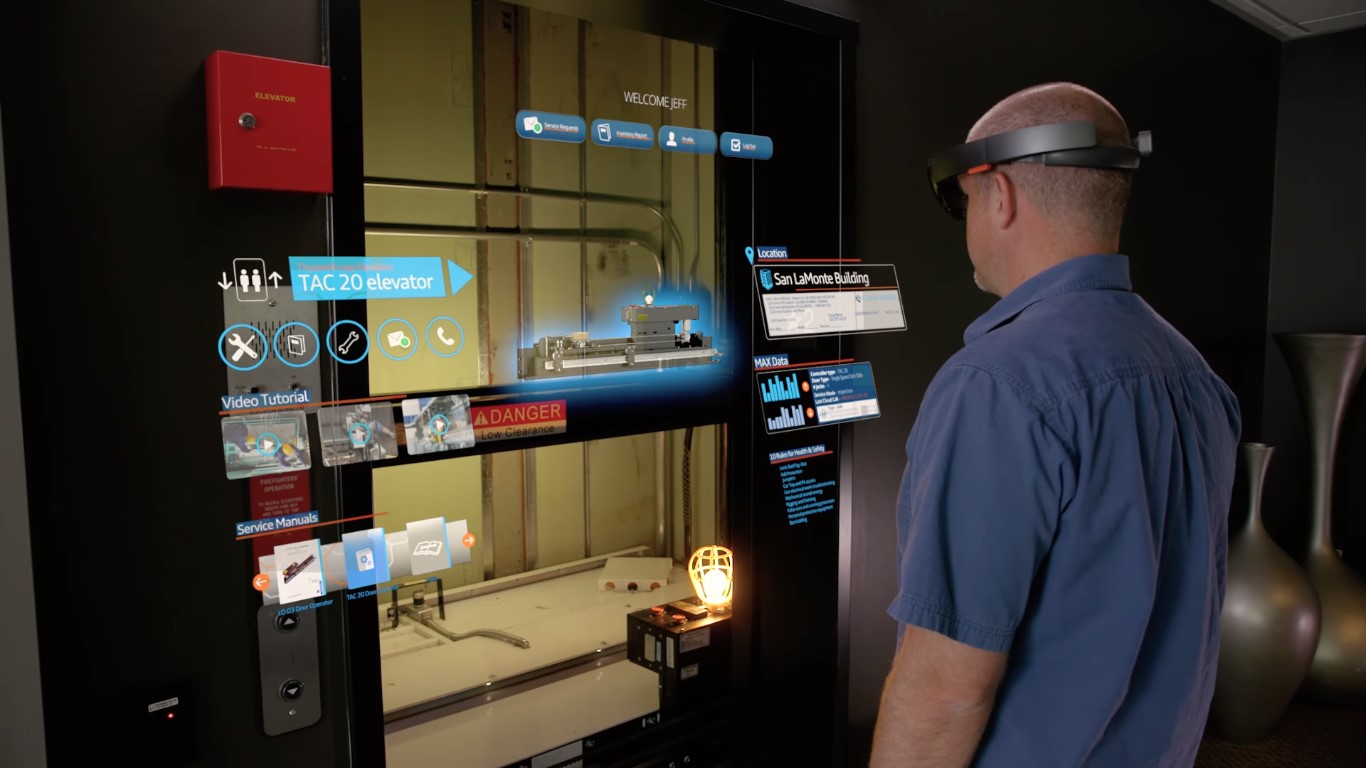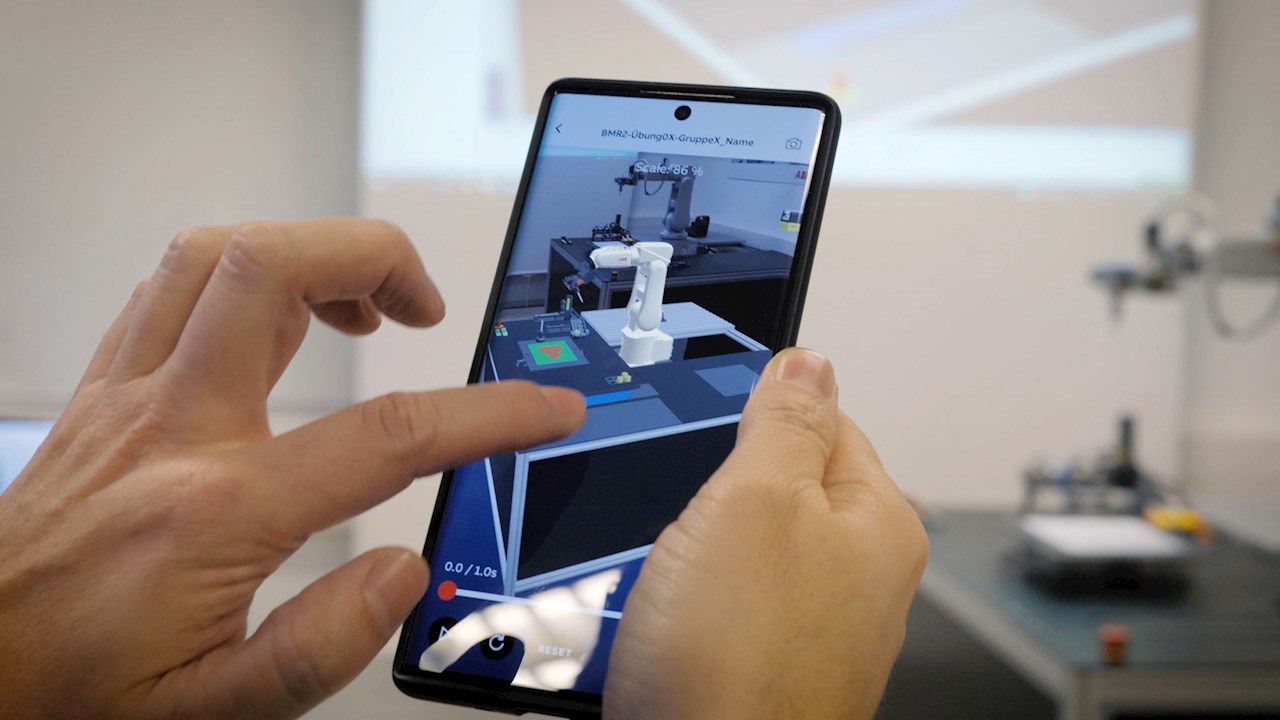Home>Latest News>Technology Trends>The Rise of Augmented Reality Games


Technology Trends
The Rise of Augmented Reality Games
Modified: September 5, 2024
Stay ahead of the curve with the latest technology trends in augmented reality games. Explore the rise of immersive gaming experiences and cutting-edge advancements.
(Many of the links in this article redirect to a specific reviewed product. Your purchase of these products through affiliate links helps to generate commission for Techsplurge.com, at no extra cost. Learn more)
Table of Contents
Introduction
In recent years, the gaming industry has witnessed a significant shift with the emergence of augmented reality (AR) games. These games have not only changed the way we experience entertainment but also how we interact with our surroundings. From the initial hype surrounding Pokémon Go to the sophisticated AR experiences of today, this technology has come a long way. This article will cover the history of AR games, their mechanics, the impact on society, and the future prospects of this rapidly evolving field.
History of Augmented Reality Games
Early Beginnings
The concept of augmented reality dates back to the 1960s when computer scientist Ivan Sutherland created the first AR system. However, it wasn't until the 1990s that the term "augmented reality" was coined by Tom Caudell and David Mizell. They used AR to guide workers in assembling aircraft parts. This early application laid the groundwork for future developments in the field.
The Dawn of Mobile AR
The advent of smartphones in the late 2000s revolutionized the way people accessed information and interacted with digital content. The introduction of mobile devices with high-resolution cameras, GPS, and accelerometers created an ideal platform for AR technology. This was further enhanced by the development of AR software frameworks such as ARKit (Apple) and ARCore (Google), which provided developers with tools to create immersive AR experiences.
Pokémon Go: The Catalyst
Pokémon Go, released in 2016 by Niantic Inc., was a game-changer in the world of AR gaming. It leveraged the capabilities of mobile devices to bring Pokémon into the real world, using GPS and camera data to create an interactive environment. The game's success was unprecedented, with millions of players worldwide. It not only popularized AR gaming but also demonstrated its potential for mass appeal.
Read more: What Are AR Games
Mechanics of Augmented Reality Games
Types of AR Experiences
-
Marker-Based AR: Requires a physical marker, such as a QR code or image, to trigger the AR experience. The marker serves as a reference point for the device to overlay digital information onto the real world.
-
Markerless AR: Uses environmental features like walls, floors, and other objects to determine the user's location and orientation. This method is more sophisticated and can provide a more seamless experience.
-
Superimposition: Involves overlaying digital information onto real-world objects or environments. It can range from simple text and images to complex 3D models.
-
Interactive Elements: Many AR games incorporate interactive elements such as gestures, voice commands, and even physical movements. These interactions enhance the user's engagement with the virtual environment.
Key Technologies
-
Camera and Sensor Data: The camera and various sensors (like GPS, accelerometers, and gyroscopes) on mobile devices are crucial for tracking the user's position and orientation in space.
-
Cloud Computing: Cloud services often play a significant role in AR gaming by providing real-time data processing and storage. This allows for more complex simulations and smoother gameplay.
-
Machine Learning: Machine learning algorithms help in improving the accuracy of AR experiences by learning from user behavior and environmental data.
Impact on Society
Social Interactions
AR games have significantly impacted social interactions. Games like Pokémon Go encouraged people to venture out into public spaces, fostering a sense of community among players. This phenomenon is often referred to as "location-based gaming."
Health Benefits
While excessive gaming can be detrimental to health, some AR games offer benefits like increased physical activity. For instance, Pokémon Go prompted players to walk more and explore their surroundings, which contributed to improved physical fitness.
Economic Impact
The rise of AR gaming has also had economic implications. Local businesses have seen an increase in foot traffic and sales due to location-based games. Additionally, the gaming industry as a whole has experienced significant growth, creating new job opportunities and driving innovation.
Challenges and Limitations
Read more: The Advantages of Augmented Reality
Technical Challenges
-
Accuracy and Precision: One of the primary challenges in AR gaming is ensuring accuracy and precision. Environmental factors like lighting conditions and occlusions can affect the performance of AR systems.
-
Battery Life: The constant use of cameras, GPS, and other sensors can drain battery life quickly, which is a significant concern for mobile AR experiences.
-
Cost: High-end hardware and software requirements can make AR gaming more expensive than traditional gaming methods.
Ethical Considerations
-
Privacy Concerns: The use of location data and camera access raises privacy concerns. Developers must ensure that user data is handled responsibly and with transparency.
-
Addiction: Like any form of entertainment, AR gaming can be addictive. Developers need to implement features that promote responsible gaming practices.
Future Prospects
Advancements in Technology
-
Improved Hardware: Advances in hardware technology are expected to enhance the AR experience. Better cameras, faster processors, and more efficient batteries will play a crucial role in the future of AR gaming.
-
5G Networks: The advent of 5G networks promises faster data transfer rates and lower latency, which will significantly improve the performance of AR applications.
-
Mixed Reality (MR): MR combines elements of both AR and virtual reality (VR). As MR technology advances, we can expect more immersive and interactive experiences that blur the lines between the physical and digital worlds.
Read more: The Rise of Augmented Reality
Emerging Trends
-
Cloud-Based AR: Cloud-based AR solutions are becoming increasingly popular due to their ability to provide seamless experiences across different devices.
-
Social AR: Social AR platforms are emerging where users can interact with each other in virtual environments. These platforms have the potential to revolutionize social interactions.
-
Educational AR: AR is being increasingly used in educational settings to create interactive and engaging learning experiences. This trend is expected to continue as more educational institutions adopt AR technology.
The rise of augmented reality games has transformed the gaming industry and beyond. From its early beginnings to the sophisticated experiences of today, AR technology continues to evolve at a rapid pace. As we look to the future, it is clear that AR will play an increasingly significant role in shaping our entertainment, social interactions, and even educational experiences. While there are challenges to be addressed, the potential benefits of AR gaming make it an exciting field to watch in the years to come.












